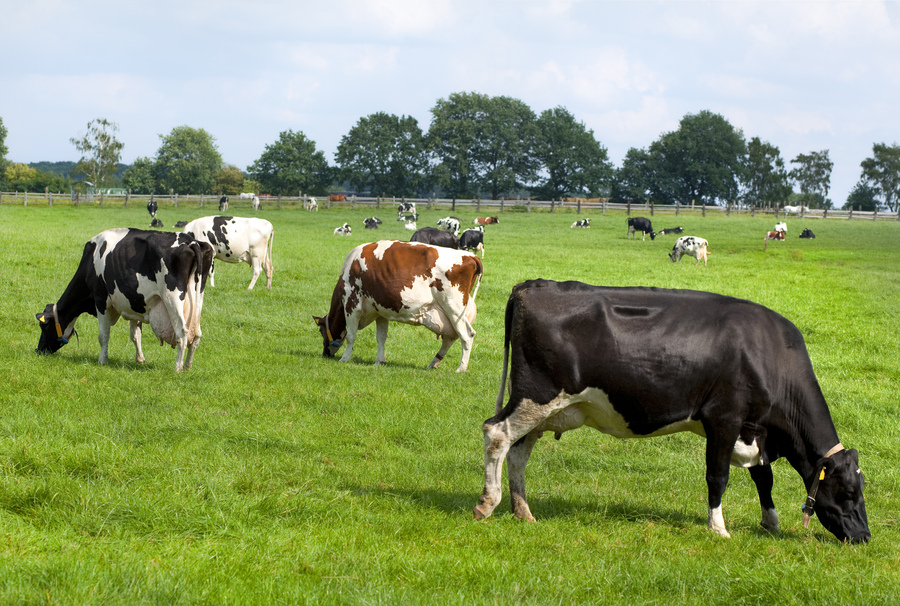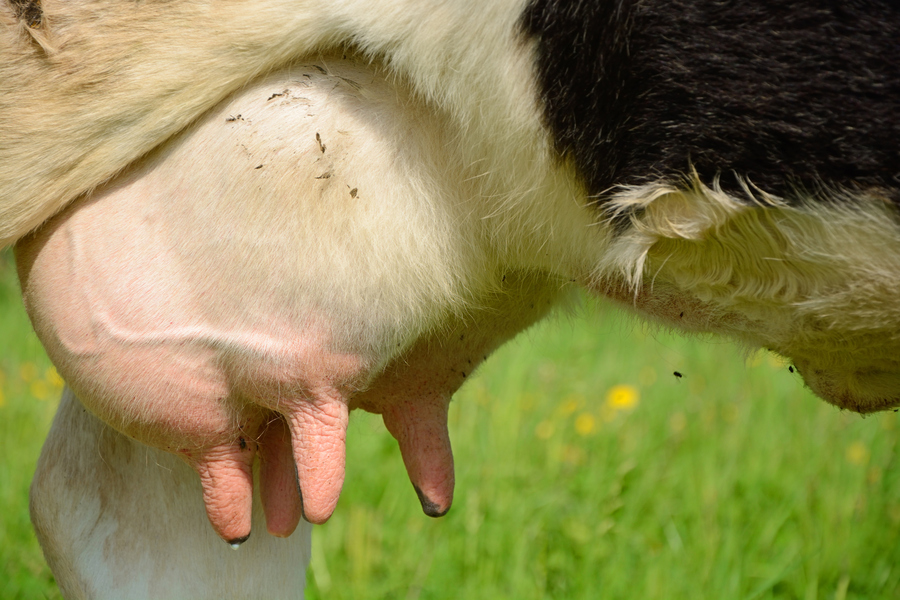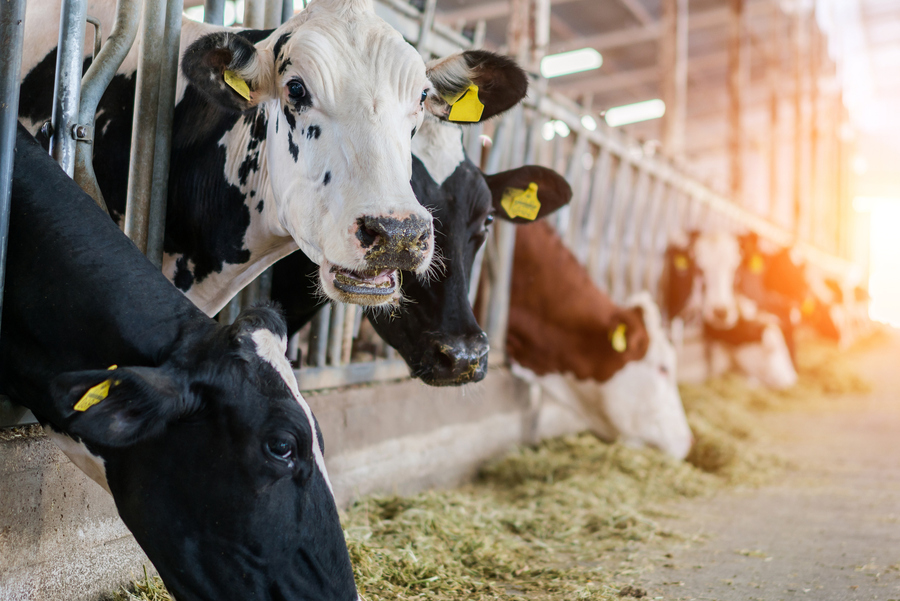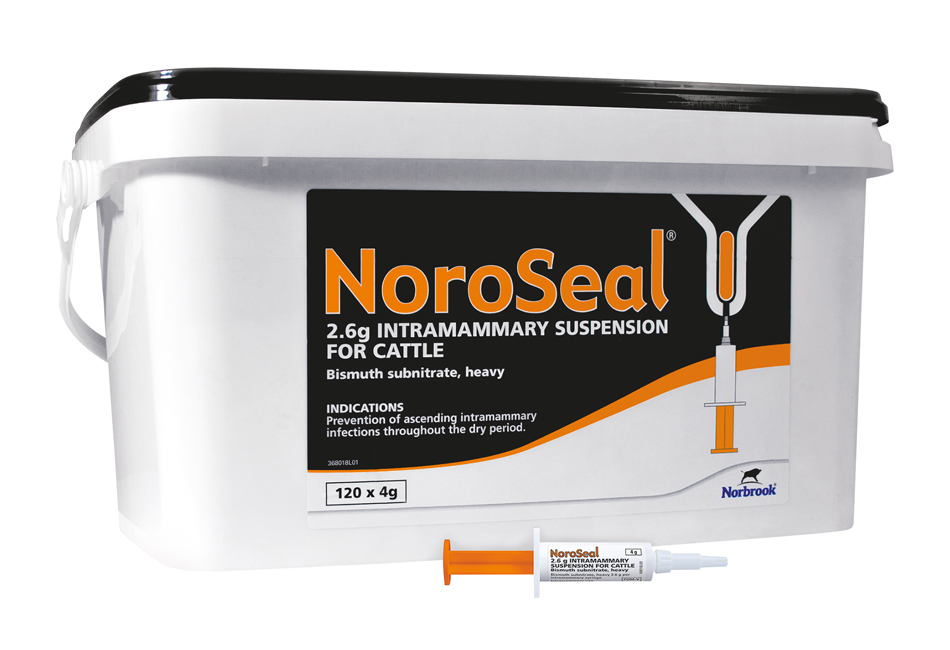Controlling mastitis
There are two basic principles of mastitis control: (1) Elimination of existing infections and (2) prevention of new infections.
Milk sampling
Routine milk sampling and record keeping are essential for optimal herd management to reduce the levels of mastitis within a herd and subsequent productivity losses. There are several types of milk sampling tests including:
-
Somatic cell counts
-
Californian milk test
-
Bactoscan counts
-
Culture and sensitivity
-
PCR testing
Mastitis in the parlour
Transmission of contagious and environmental pathogens to uninfected animals can occur at milking time. The following behaviours will help to prevent infections by pathogens:
1. Any dirty teats must be washed, dried and pre-dipped.
2. All external surfaces of the milking clusters must be kept clean during milking.
3. Milk removal should be as rapid as possible.
4. Post-Milk Teat Disinfection (PMTD). Disinfectant is applied to the teat immediately after milking to kill organisms deposited there during milking.
Environmental mastitis
E. Coli is present in faeces and soiled bedding. The following will help in controlling environmental mastitis:
1. Building ventilation and drainage
2. Correct stocking density
3. Frequent 'bedding up'
4. General hygiene
5. Frequency and effectiveness of scrapping out of passage ways
6. Reducing teat exposure to the disease
7. Parlour routine
Contagious mastitis
Common mastitis organisms include Streptococcus agalactiae and Staphylococcus aureus.
Good parlour hygiene and good management practices will prevent contamination occurring and consequently, contagious mastitis spreading amongst the herd.
Summer mastitis
During the summer, it is recommended to use preventative methods, such as teat sealants and fly control products as part of drying off therapy.








